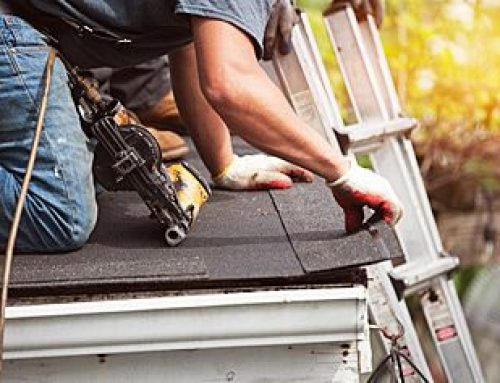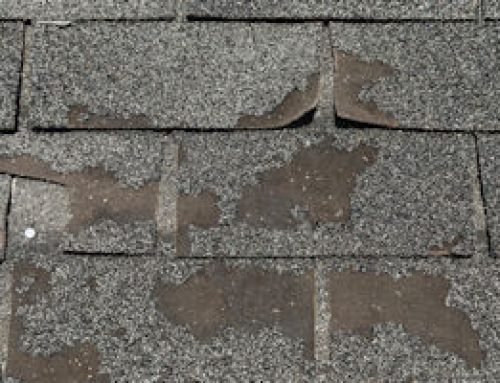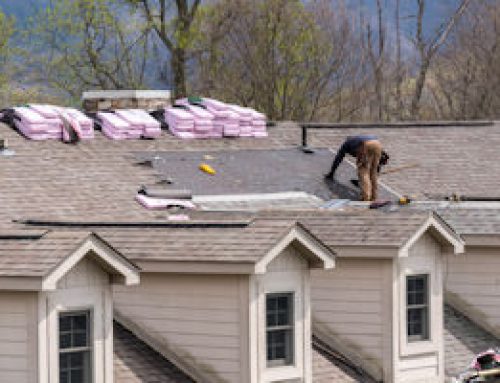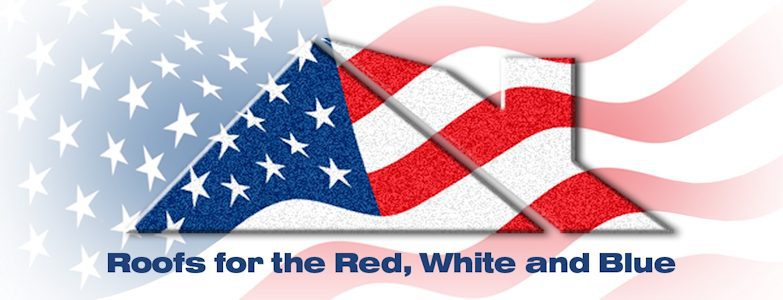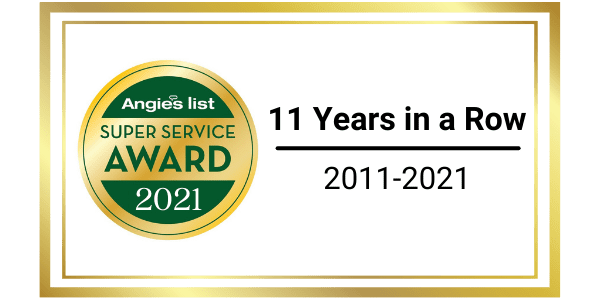In the mid-1800s, builders discovered that corrugated iron could be used to cover buildings as a way to make them “fireproof.”
Shortly after, metal roofs were installed on new government buildings, markets, and mansions.
Because of its many benefits, metal has become one of the fastest-growing materials for roofing in both commercial and residential projects. It’s clear to see why because this lightweight, versatile, and eco-friendly material provides options for everyone.
Table of Contents
4 Types of Metal Roof Materials
While once limited to iron, themetal roofing industry in Austin and San Antonio, TX has expanded into several different types of metals and alloys.
But all metal roofs are not the same. Each one carries specific benefits.
The following are the four most popular metal roof materials:
1. Zinc – Zinc was the second metal introduced for roofing (after iron) because it was a less expensive substitute for lead. Additionally, it can be molded and shaped easily, making it appealing for visual effects.
However, it’s not commonly used because it is a soft metal and can be easily dented by hail and debris.
2. Copper – This is considered the grandfather of metal roofing because it is the longest-lasting material. A well-installed copper metal roof can last 200+ years.
Additionally, it is 100 percent recyclable and makes for a beautiful exterior.
However, copper is more expensive than any other material and is a soft metal. This means it’s prone to expanding, contracting, and denting in extreme weather.
3. Aluminum – Aluminum is the middleman between the more expensive copper and the standard steel. Aluminum is naturally resistant to rust and corrosion, making it a great option for coastal areas.
Aluminum is less expensive than copper but must be produced thick enough to resist denting.
4. Steel – Steel is the modern version of iron. It is an alloy made when iron is combined with other elements to make a “new” metal.
It is inexpensive, recyclable, and weather-resistant to create the ideal roofing material.
Steel is currently one of the most common building materials used today and the most budget-friendly.
3 Types of Installation Methods
Anytime you choose metal roofing it is imperative that you choose a contractor who is experienced in the type of metal you’ve chosen.
Proper installation is critical to the lifespan of your metal roof.
The installation of metal roofing can be done in three basic methods:
1. Standing Seam: Using this method, all of the panels snap together and run the entire length of the roof. The panels are held down with a series of clips and locked at the seams.
This system has a built-in allowance for expansion and contraction of the metal panels when the weather changes.
When installed correctly, standing seam is considered a higher quality system and is more popular than exposed fasteners simply because of the sleek and more finished appearance.
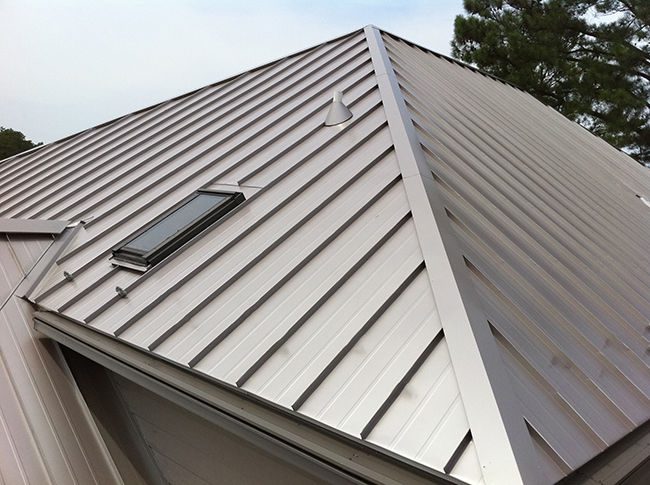
2. Exposed Fastener – Also known as screw-down panels, in this style, the clips, and fasteners used for installation are screwed down visibly on the top of the panel.
This installation is typically less expensive and gives a more rustic look. It is not recommended for residential homes for two reasons. It can lack curb appeal and often does not last as long as a standing seam installation.
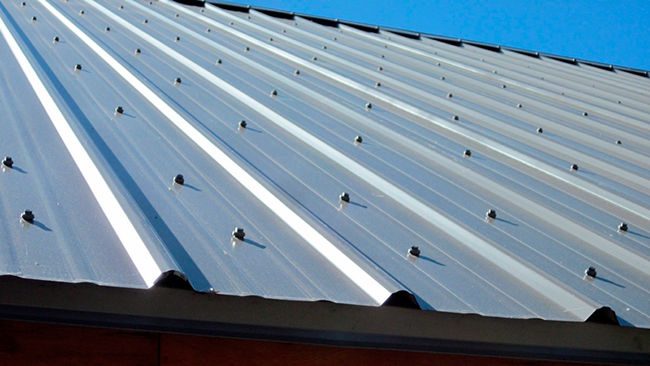
3. Hidden/Concealed Fastener – This is a combination of exposed and standing seam. In a concealed fastener installation, the panels are still attached using nails or screws, but they are not visible to the naked eye.
Concealed fasteners use interlocked rippled metal sheets to conceal the fasteners.
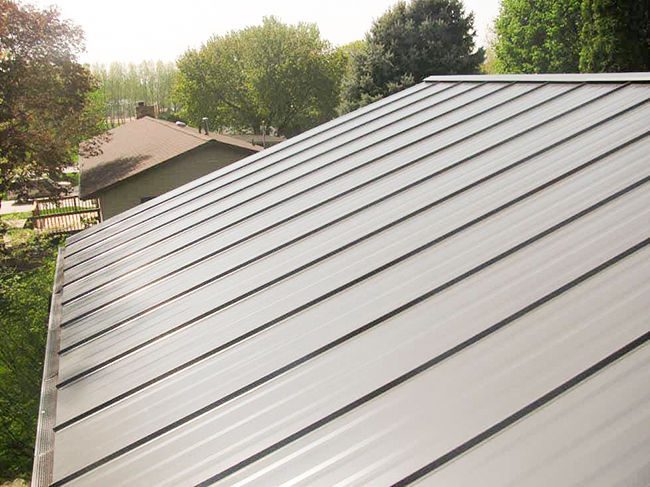
Metal Roofing Styles
Today’s metal roofing has evolved way beyond long straight farmhouse panels.
You can find metal roofing for modern commercial and residential applications that mimics the look of other materials to suit any home design.
Shake – Cedar shake roofing is warm and inviting, but also presents a host of maintenance and cost issues.
Shake metal roofing is designed to provide a realistic representation of hand-split wood without the high installation costs and upkeep of a real shake wood roof.
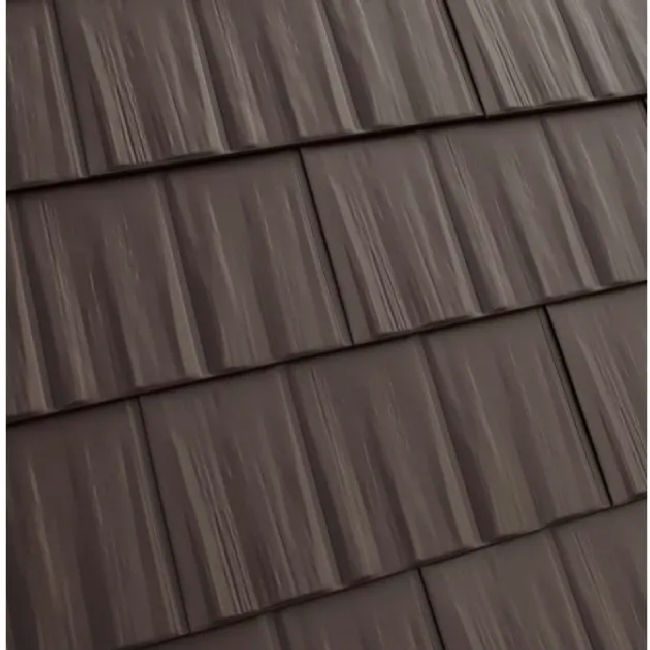
Shingles – Metal shingles are quickly becoming the most common metal roofing choice.
They are granular coated shingles providing all the benefits of metal roofing while mimicking the look of asphalt shingles.
Because many HOAs require asphalt shingles, this gives homeowners the option to still enjoy metal roofing while adhering to neighborhood uniformity guidelines.
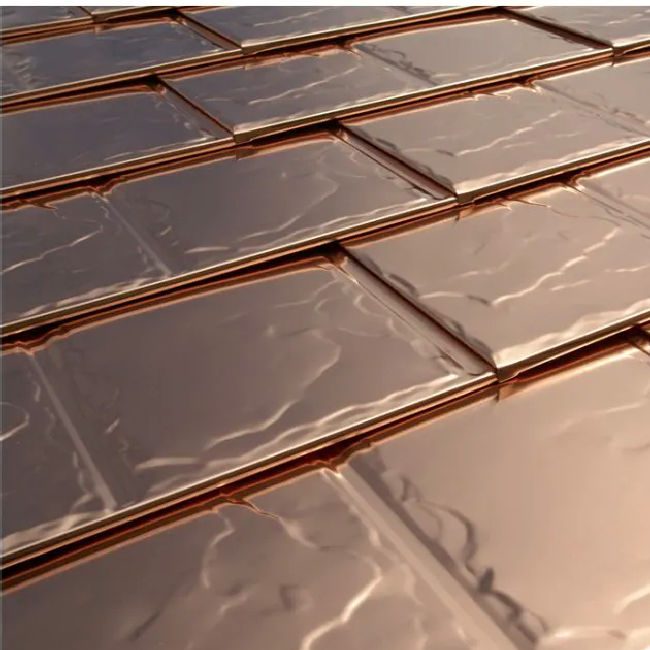
Tiles – Metal tiles are actually large 38-inch panels that mimic the thick profile of 6 clay tiles.
They are painted to give the look of authentic clay tile roofing and seamlessly installed giving the unmatched appearance of ceramic tile roofing. The only difference is you no longer have the maintenance issues, weight, or fragility of ceramic.
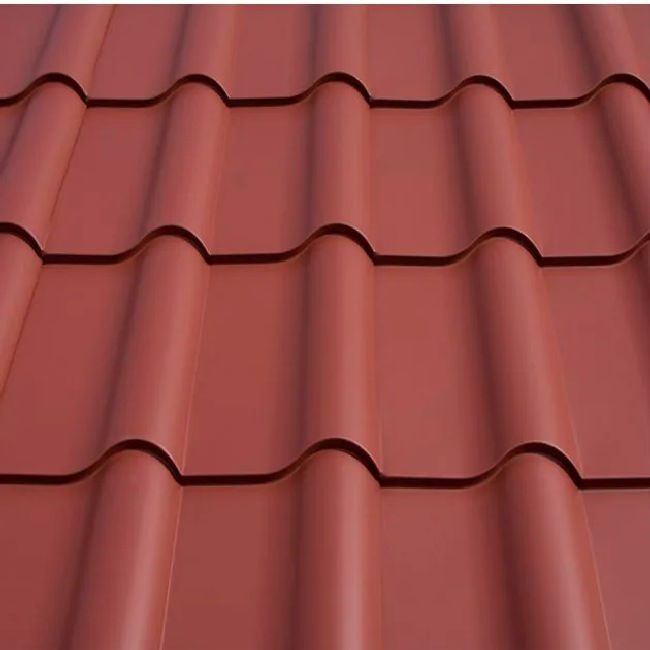
Panels – Pre-formed panels are a less-expensive form of traditional metal roofing.
Panels are mass-manufactured in standard dimensions and shapes and then brought on-site to cut down according to the dimensions of your roof.
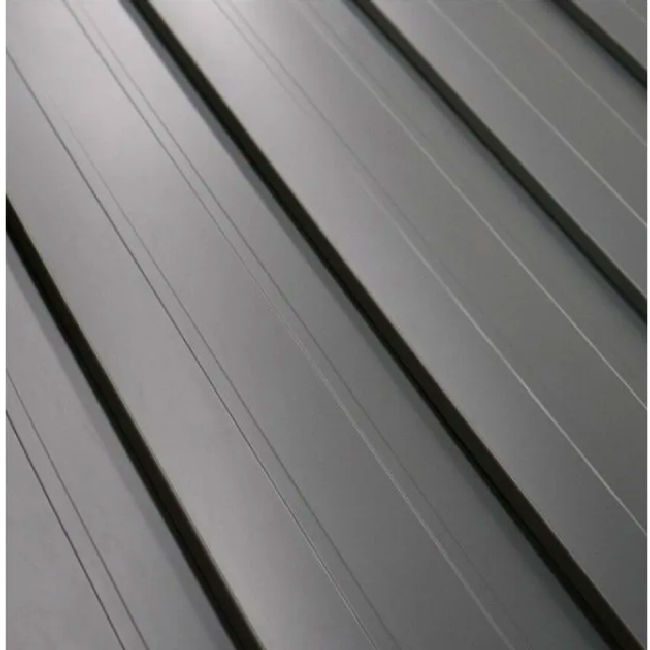
Slate – Slate metal roofs are similar to metal tiles.
They come in panels that are roughly 4′ x 1′ and embossed to suggest six separate slates. This style gives you the luxury and beauty of traditional stone slate roofs without the extra weight on your roof
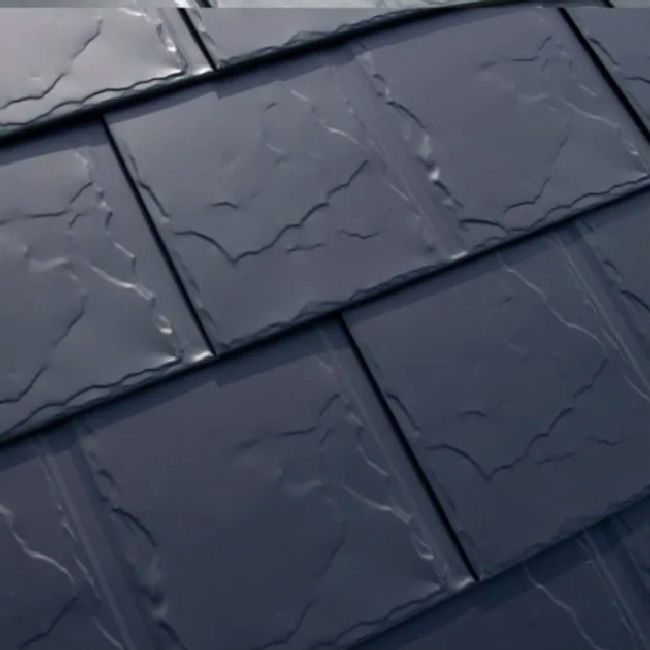
Why People Are Choosing Metal Roofs
It’s not difficult to see why millions are making the switch to metal roofing.
Metal roofs carry several benefits you won’t find with any other roofing material on the market.
- Longevity – With a lifespan of 70+ years, (and some up to 100 years or longer) the longevity of metal roofing can’t be beaten. When compared to traditional asphalt shingles, which have an average life of 20 years, metal is three times longer.
- Economical – The initial installation costs of metal roofing are more expensive, but their longevity makes it cost less in the long run.
- Eco-Friendly – Metal roofing reduces our footprint in two ways.
First, they can be recycled at the end of their life instead of filling up landfills.
Second, some metal roofing materials like aluminum are actually manufactured from 95% recycled materials.
- Durability – Metal is naturally resistant to fire, weather, mold, and corrosion. When properly installed, metal roofing is designed to withstand the natural forces mother nature brings your way.
- Maintenance – Compared to other roof materials, a well-installed metal roof requires little to zero maintenance throughout its lifespan.
- Energy Efficiency – Metal roofing has high reflectivity, meaning it doesn’t absorb light.
Instead, they reflect light rays and actually reduce the energy cost of keeping your home comfortable throughout the year.
Disadvantages of Metal Roofs
While metal roofing has many benefits, there are a few disadvantages to keep in mind when choosing a metal roof.
- Costly – The initial cost of metal roofing is high. When it comes to metal roofs vs asphalt shingles, metal is going to cost around twice as much as asphalt. Not everyone is willing and able to spend so much money on their roof.
- Noisy – A metal roof may be slightly louder than other roof types. However, this may be due to the fact that it was not installed correctly. Today’s experts use innovative techniques and can install additional attic insulation to bring the noise levels down.
- Hail Impact – Large-size hailstones cause problems for any roofing material. However, some metals, like copper, dent more easily.
What Is the Cost of Metal Roofing?
The initial cost of metal roofing is higher than other materials.
On average, you can expect to spend between $20K and $30K for a metal roof. Of course, these prices may fluctuate based on several factors.
What Affects the Cost of Metal Roofing?
Type of Metal – This is the biggest factor in your overall cost because the price of raw materials varies greatly.
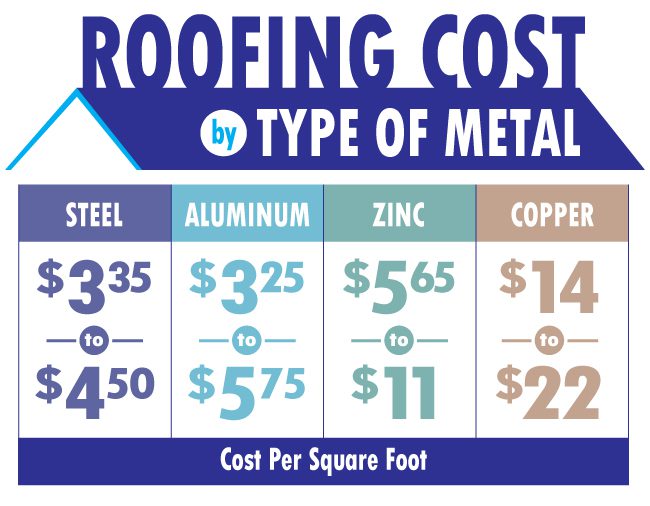
Labor and Installation – The price for labor can vary greatly depending on the area you live.
Additionally, you may choose between standing seam, exposed fastener, and concealed fastener. Concealed Fastener is the most expensive and an exposed fastener installation is the most economical.
Roof Size and Pitch – Steep roofs, large roofs, or roofs with multiple angles, peaks, and obstructions will all make the job more strenuous and difficult. This leads to an increase in both material and labor costs.
Choosing Roofing Royalty
Coast to coast, from the country to the heart of the city, metal roofs have taken the roofing industry by storm.
If you’re looking for an eco-friendly roof requiring little to no maintenance that will last you (and your children) a lifetime, a metal roof is the answer.
Metal roofing can be used for commercial projects, residential buildings, agricultural projects, structural uses, and beautiful architectural design.
With products that are almost indistinguishable from traditional shingles, clay, or tile roofs but last up to 3x longer, it makes metal roofing a no-brainer.
Always make sure you hire experienced roofing contractors in TX that have the necessary experience to provide a quality installation of your new roof.

